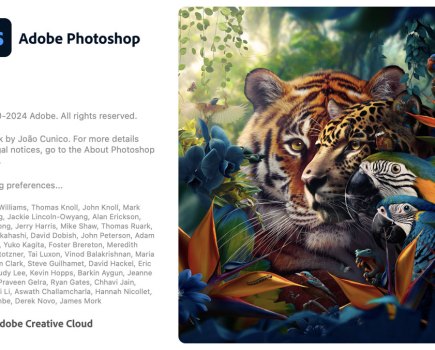Software claimed to radically cut exposure times when using small apertures ? reducing the risk of blurry pictures – will be published by a Google software engineer next month.
Computer scientist Sam Hasinoff says he has combined a series of wide-aperture images, with different depth-of-fields, to create an image with the depth-of-field of a small aperture photo, but using a much shorter exposure time.
Hasinoff told New Scientist magazine that his method automatically calculates which combination of photos will produce the desired picture for a selected exposure.
?If either the scene or camera is moving, our method will record less motion blur, leading to a sharper and more pleasing photo,? he said.
A similar technique, called focus stacking, is used in macro photography for example.
Commenting on the research, entitled ?Light-Efficient Photography?, Hasinoff writes on his website: ?We show that by collecting a sequence of photos and controlling the aperture, focus and exposure time of each photo individually, we can span the given depth-of-field in less total time than it takes to expose a single narrower-aperture photo.?
He adds: ?Our results are applicable to off-the-shelf cameras and typical photography conditions, and advocate the use of dense, wide-aperture photo sequences as a light-efficient alternative to single-shot, narrow-aperture photography.?






